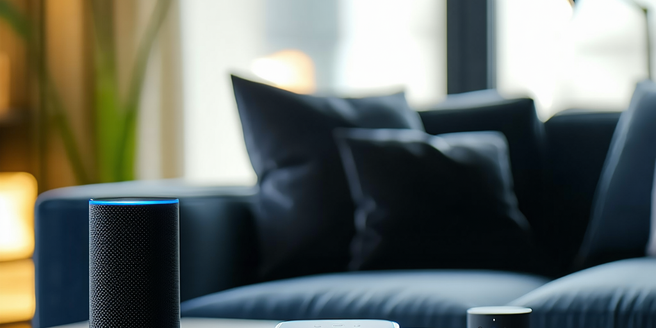Personal Assistant Features

Voice Command Capabilities
Voice command capabilities revolutionize how we interact with our devices. They enable hands-free operations, allowing users to execute tasks swiftly using just their voice. This is particularly advantageous for accessibility, providing alternative input methods for those with mobility impairments. The convenience and efficiency offered by voice commands are undeniable in our increasingly fast-paced world. Voice commands are not only about executing tasks but also about enhancing the efficiency of smart home systems. They integrate seamlessly with various applications, enabling functionalities like calling, messaging, and media control. The key is natural language processing, which interprets user commands into actionable tasks, thereby providing a seamless and intuitive user experience. With advancements in AI, voice assistants are becoming more context-aware, enabling more sophisticated interactions.
Scheduling and Calendar Integration
Scheduling and calendar integration streamline the organization of daily activities. Personal assistants can sync with calendars to ensure no appointments are missed. They provide alerts and reminders, which help in efficient time management. By integrating with email and planner applications, they can auto-schedule meetings and provide optimal time slots based on your availability. The systems are designed to adapt to changing schedules quickly, ensuring flexibility. The integration extends to suggesting appointments based on your preferences and past behaviors, aiding in proactive planning. Additionally, they enable voice-controlled calendar updates, allowing users to add or remove events seamlessly. This integration empowers users to maintain productivity, easily visualize their commitments, and manage their workload effectively.
Task Automation and Management
Task automation and management are cornerstones of personal assistants. They help users streamline repetitive chores, from sending emails to managing lists, freeing up time for more critical tasks. Intelligent task recognition allows assistants to prioritize and suggest viable solutions for both work and personal projects. As technology advances, personal assistants are becoming increasingly intuitive and adaptable. Beyond simple task reminders, they can automate complex workflows, integrating cross-platform tasks. For instance, they can auto-generate emails or set reminders based on user prompts. This tailored management reduces human error, enhances productivity, and supports efficient time use. The evolution of machine learning ensures these features adapt to personal habits over time, suggesting improvements that align with user preferences.
Personalized User Interactions
Personalized user interactions define modern personal assistants, focusing on tailor-made experiences. By analyzing user data, they provide customized suggestions, from recommending nearby dining options to curating music playlists. This is achieved through advanced machine learning algorithms that continuously improve the assistant’s understanding of user needs. Such personalization enhances user satisfaction, making interactions more relevant and efficient. Assistants learn from past behaviors and preferences, ensuring the user’s needs are anticipated and met. This might include reminding them of daily routines or suggesting new applications that align with their interests. Over time, these interactions foster a tailored environment where users feel understood and valued. Their ability to adapt to user preferences evolves with technology advancements, further enhancing their role in daily life.
Security and Privacy Features
Security and privacy are paramount in personal assistant technology. These assistants manage sensitive information and transactions, necessitating robust protection protocols. Encryption is used extensively to protect data from unauthorized access. With biometric authentication, user interactions are secure, preventing unauthorized access to personal information. Privacy features allow users to control data collection and sharing, addressing concerns over user tracking. Assistants continuously update security measures to guard against emerging threats, ensuring user confidence in their reliability. As technology evolves, these measures become even more critical to maintaining trust. They provide transparency through privacy dashboards, demonstrating a commitment to user safety. This focus on security and privacy builds trust and encourages wider adoption of personal assistant technologies.